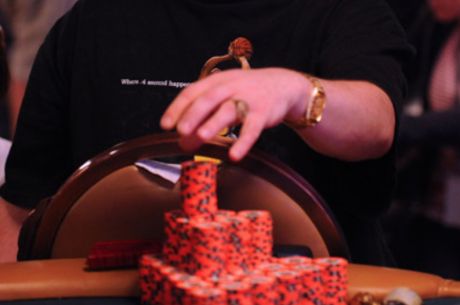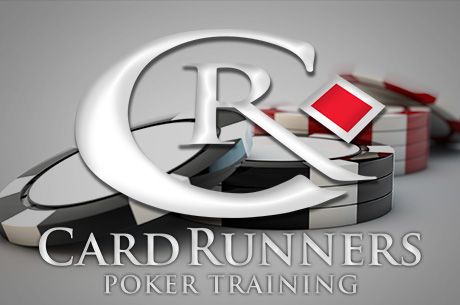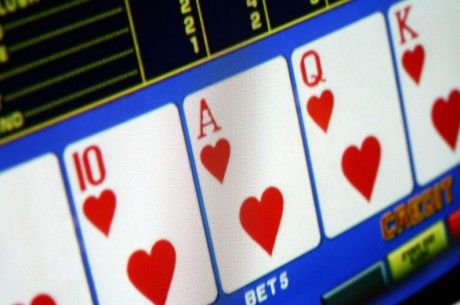Want to Get to Poker’s No Man’s Land? Here’s a Map
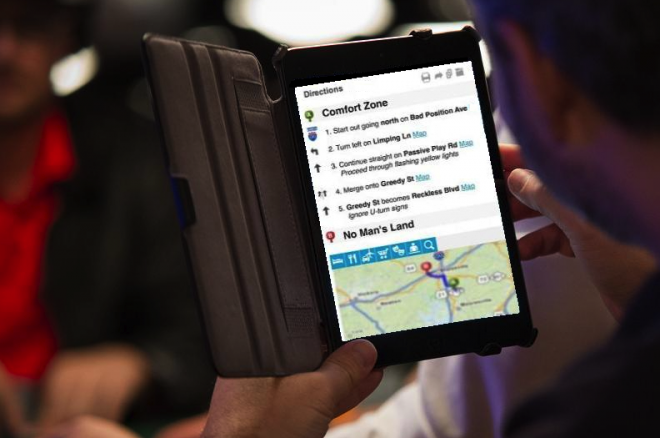
I’m a big fan of the public radio program This American Life. Each week, they produce an hour’s worth of different kinds of stories revolving around some common theme. Last week’s episode was titled “Wait — Do You Have the Map?” It featured stories about people finding themselves in physical or emotional situations for which there are no maps, guidelines, or advice books that could possibly help them.
As I listened, I found myself mulling over how this very circumstance happens a lot in poker. You find yourself in an impossible mess, where every available choice seems wrong. You’re in No Man’s Land. It’s a horrible feeling of helplessness.
But the hard truth is that often we have only ourselves to blame for ending up stranded in the middle of the poker desert. Let me share with you a hand from a few years ago that illustrates how we get into these dilemmas.
Getting Lost
It was a $1/$2 no-limit hold’em cash game at the Venetian. I was in middle position with Q♣10♣. I limped in. Bad Decision #1 was to play this hand at all without strong position; I should have just folded it and waited for a better starting hand, better position, or both. Bad Decision #2 was just to limp. If one is determined to play such a hand, at least raise with it, for heaven’s sake. Every decision later in the hand is made easier by starting out with a raise.
The guy on the button raised to $10. Everybody else folded. I should have joined them. Instead, I called. Bad Decision #3. I was now doing what Tommy Angelo calls “playing POOP” — Passively Out Of Position. Yeah, it stinks.
The flop was 9x7x7x with two clubs. I checked, constituting Bad Decision #4. A bet might well have won me the pot, and if not, then my opponent’s response — call or raise — would have given me valuable information about where things stood.
I then reflexively called the button’s $15 bet, because who doesn’t love a flush draw? I did not stop to consider stack sizes, the likelihood that my opponent would pay me off if I hit, whether I might be up against a bigger flush draw, or the wisdom of drawing to a flush on a paired board. We’re now at Bad Decision #5.
Fourth street was the K♣, making my flush. How to play it? I checked, thinking that my rather aggressive opponent would keep firing. In retrospect, this was fraught with danger, because he could check behind (there’s that pesky position thing coming back to bite me), and all sorts of river cards could greatly complicate my life — especially a fourth club, a third 7x, or another 9x or Kx. Now we have to start using another hand to count, because we’re up to Bad Decision #6.
The button bet $25. I called, thinking that I could let him bet again on fifth street instead of lowering the boom on him now with a check-raise. Bad Decision #7.
The river was indeed one of the terrible cards that I should have anticipated on the turn — the K♥. Gulp. It seemed eminently plausible that he had started with a KxXx hand, fired a standard continuation bet on the flop, made top pair on the turn, and now had a full house. Or he could have started with A♣X♣, and had the ace-high flush. Not knowing what to do, I checked. This may or may not have been a bad decision, so I’ll give myself a pass on it.
My opponent moved all of his chips forward — $106, a little less than what I had left. And I was lost. I had no idea what to do. He might have me beat with a full house or a better flush. Or he might be taking my line for weakness and exploiting an obviously scary card with a big bluff.
And just like that, I was in No Man’s Land.
Fortunately, he was giving off tells that tipped the balance of my decision. From the aggressive way he slammed down his chip stack, to the body language and intimidating stare, he was a classic conglomeration of “strong means weak” tells. On that basis, I finally called. He looked disgusted and turned over Jx10x — nothing. I was saved by his overacting. If not for that, I honestly don’t know what I would have done.
I got lucky to have been shown a way out of the wilderness. That’s not going to happen every time. Usually we just have to make a guess as to which way to go. It’s much, much better to avoid getting lost in the first place.
The Way to No Man’s Land
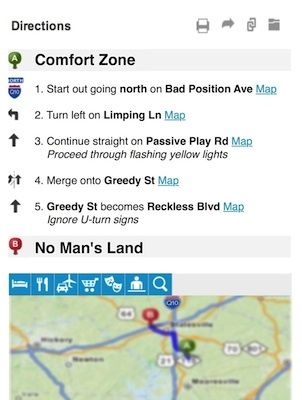
If you want to get yourself into uncharted territory deep in a poker hand, with no idea how to find your way back to safety, I can tell you exactly how to do it.
Start with a mediocre hand that is easily dominated. Proceed up Bad Position Avenue. Take a left on Limping Lane, which quickly turns into Passive Play Road. Keep going past the flashing yellow warning lights, without pausing to consider what they’re warning you about.
When you get where you were headed, don’t stop, but instead veer off in a new direction, maybe taking Greedy Street or Reckless Boulevard. Keep going past the edge of town, until your car is bogged down by deep desert sand, with no guideposts in sight.
But when you get there, don’t call me asking for directions. I don’t know how to get you out of No Man’s Land. I’m only an expert at how to get there.
Robert Woolley lives in Asheville, NC. He spent several years in Las Vegas and chronicled his life in poker on the “Poker Grump” blog.
Get all the latest PokerNews updates on your social media outlets. Follow us on Twitter and find us on both Facebook and Google+!

